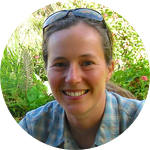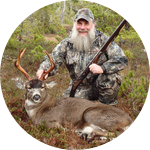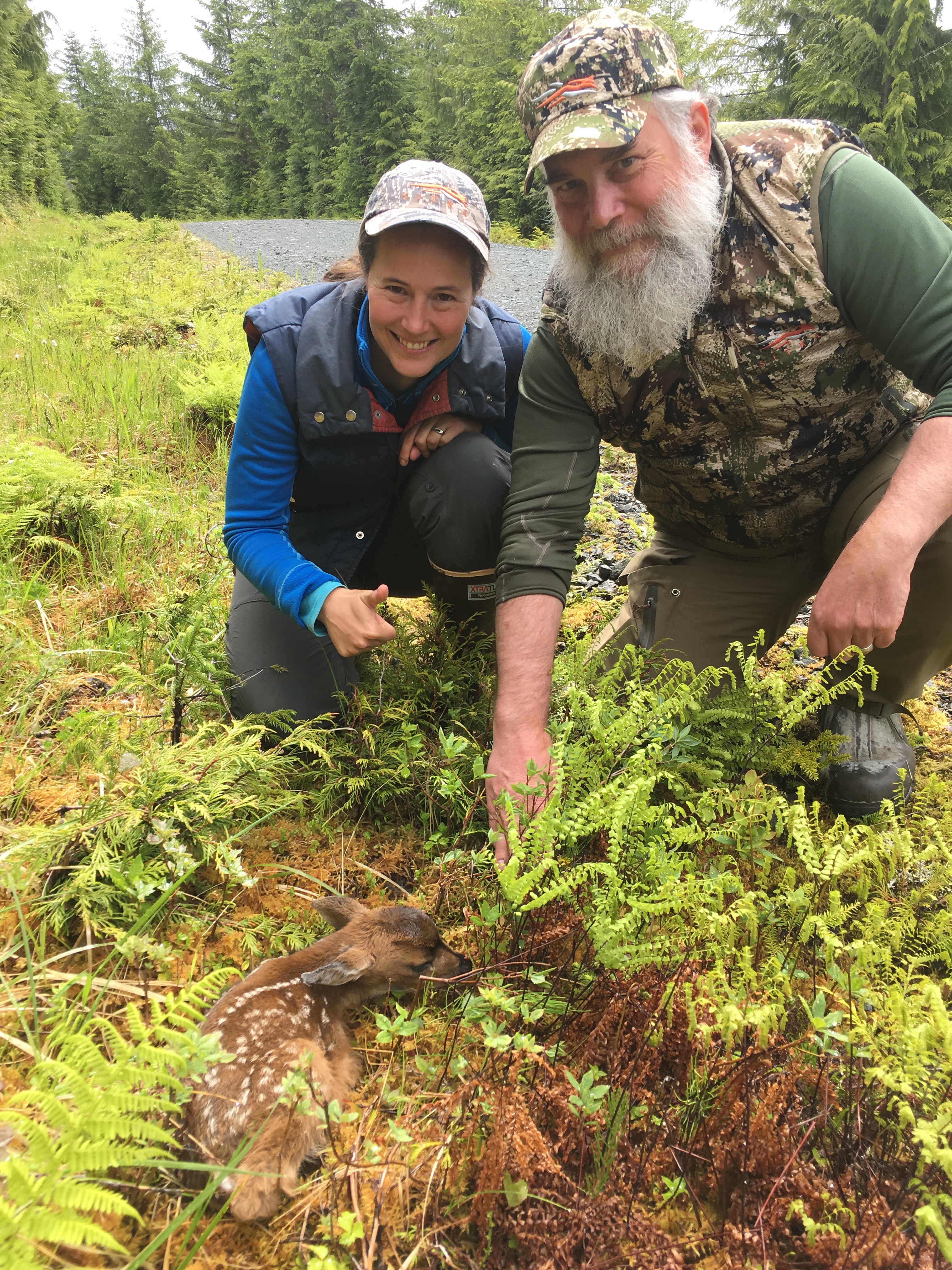About This Project
We are studying deer in Southeast Alaska to understand what makes for good deer habitat- great food, security from predation, shelter in winter? In their temperate rainforest home, some deer migrate to higher elevations each summer, while other deer stay low year round. As habitat is altered by human activities and changing environmental conditions, the pay-off and price for migration may also be changing. Our project will find out how, and what it means for deer management.
Ask the Scientists
Join The DiscussionWhat is the context of this research?
Sitka black-tailed deer (Odocoileus hemionus sitkensis) are a sub-species of mule deer, and play a critical role in the temperate rainforest ecosystem of Southeast Alaska. They are the largest herbivore in the food web, and as such, are key prey for large carnivores (wolves, black bears; Gilbert 2015, Darimont et al., 2004), and regulate plant communities through herbivory (Parker et al. 1999). They are also a very important source of food for many rural residents, and a beloved species for tourists, from photographers to hunters (Brinkman et al., 2009). However, there are huge gaps in our knowledge about these deer, including the location of key migratory pathways, and effects of habitat change on migratory versus non-migratory deer. We aim to fill these gaps.
What is the significance of this project?
This project was inspired by a recent trip to a spectacular piece of deer habitat, several thousand rugged, vertical feet above sea level. As we emerged from the dripping, dark forest, we were stunned to see how many big, healthy, beautiful deer were spread out grazing in the alpine bowl above us. These deer clearly were migratory– no deer can survive above treeline in winter– and doing incredibly well. This got us thinking about how important migration might be to maintaining sustainable deer populations, and what might happen if migrations are disrupted via habitat alteration, or if key winter habitat is reduced. Landscape change via timber harvest and road development is ongoing, posing real threats to migration.
What are the goals of the project?
We aim to: 1) understand habitat selection and birth/mortality rates and causes for migratory and non-migratory deer in Southeast Alaska; 2) Map key migratory habitats between winter and summer ranges for Prince of Wales Island, one of the most productive areas for deer, hunting, and for active timber harvest; and 3) understand how predators change their space use in response to changing habitat, human activity, deer migration, and salmon spawning. To do this, we will use GPS-collared adult female and male deer (to quantify winter, summer, and migration route habitat, and survival rates), ground searches (to find new migration routes, based on predictions from collar data), and camera traps (to monitor activity, space use, and abundance of deer and predators).
Budget
These camera traps, and funds to get the field crew to our remote study sites, will fill a critical gap in our larger project. Camera traps will allow us to understand not only deer behavior across a large landscape, but also the behavior of their predators, black bears and wolves. Cameras can also help us understand how many bucks, does, juveniles, and fawns are on different parts of the landscape, as well as patters of movement along migratory corridors (identified with GPS collared animals and ground surveys). At each camera location, we will survey local vegetation quality (deer food), as well as habitat type, and will put up a snow stake, so we can monitor deer response to changing snow levels.
Any additional funds raised over our target will be used to a) purchase additional camera traps, and b) purchase more deer GPS collars and field supplies.
 Project Timeline
Project Timeline
2019: Begin "pilot" year of data collection using camera traps.
2019-2021: Work with professional film-makers to share our story.
2020: Begin the full collaborative project, including collaring deer and deploying larger camera grid
2021-2022: Continue capture and monitoring of deer, maintenance of camera grid. Begin ground surveys and camera monitoring of new migratory routes.
2022-2023: Release film
2020-2023: Work on data analysis and writing of research reports, publish peer-reviewed papers.
Aug 15, 2019
Travel to Prince of Wales Island to deploy camera grid
Mar 15, 2020
Process and analyze images from first winter of project
Jul 15, 2020
Begin to monitor survival and movements, predict migration corridors
Jul 15, 2020
Deploy GPS collars
Nov 15, 2020
Process and analyze images from first summer of project
Meet the Team
Affiliates
Team Bio
Our team is comprised of wildlife biologists and deer experts who in total have decades of experience working with deer, habitat, wildlife management, and predator-prey-forage dynamics in Southeast Alaska.
Sophie Gilbert
I've been fascinated by animals, and especially how they respond to changes in their environments, since I was a kid watching a mule deer doe raise her fawns in my back yard. Why was she there- to escape predators? To find food? Or something else? Would she and her fawns survive the winter? If so, how?
Now, I get to answer these types of questions, and many more, with our research team at the University of Idaho. We use innovative methods, including camera traps, GPS collars, drones, and more, to ask how animals respond to their changing environment, including animal behavior, population, and community ecology, as well as linkages between wildlife and humans.
Our research spans countries, ecosystems, and species, focusing on the response of animals to the changing modern world. We work closely with stakeholders, government agencies, non-government organizations, other academic research groups, and the public to identify the most important questions for large mammal conservation and management. At the same time, we use our rich data sets to address fundamental ecological questions using wildlife as model systems.
Jim Baichtal
I am the Forest Geologist for the Tongass National Forest. I am a deer hunter. I have lived and hunted in southeastern Alaska since 1990. I am fascinated by the Sitka black-tail. I am passionate about these deer, I love the fact that little is known about their habits, and less is written. They constantly school me about their habits. I want to help facilitate research into the Sitka black-tails life cycles, habitat needs, and habits.
Since 1999 I have been involved as a volunteer in the capture, processing, and monitoring of radio collared deer here on Prince of Wales Island for ADF&G and researchers. I have assisted Dr. Dave Person, Boyd Porter, Doug Larsen, Amy Russell, Dr. Todd Brinkman, and Dr. Sophie Gilbert with their research efforts. Most recently, I monitored doe and fawn mortality during the winter of 2011 and 2012 for Sophie Gilbert’s PhD research project. The high fawn mortality experienced during the winter of 2011-2012 (91%) coupled with the reduction of deer numbers reported as a result of Dr. Todd Brinkman’s research from 2006-2008 highlights the importance of winter severity on deer populations and recruitment. My personal research into the relevance of the Pacific Decadal Oscillation, El Niño, and La Niña events in southeastern Alaska was a result of these ongoing studies on Sitka black-tail deer in Southeast Alaska and my interpreting post-glacial climates.
Additional Information
The lab website of Dr. Sophie Gilbert, a principal investigator for this project
Our research and outreach website focused on Sitka black-tailed deer

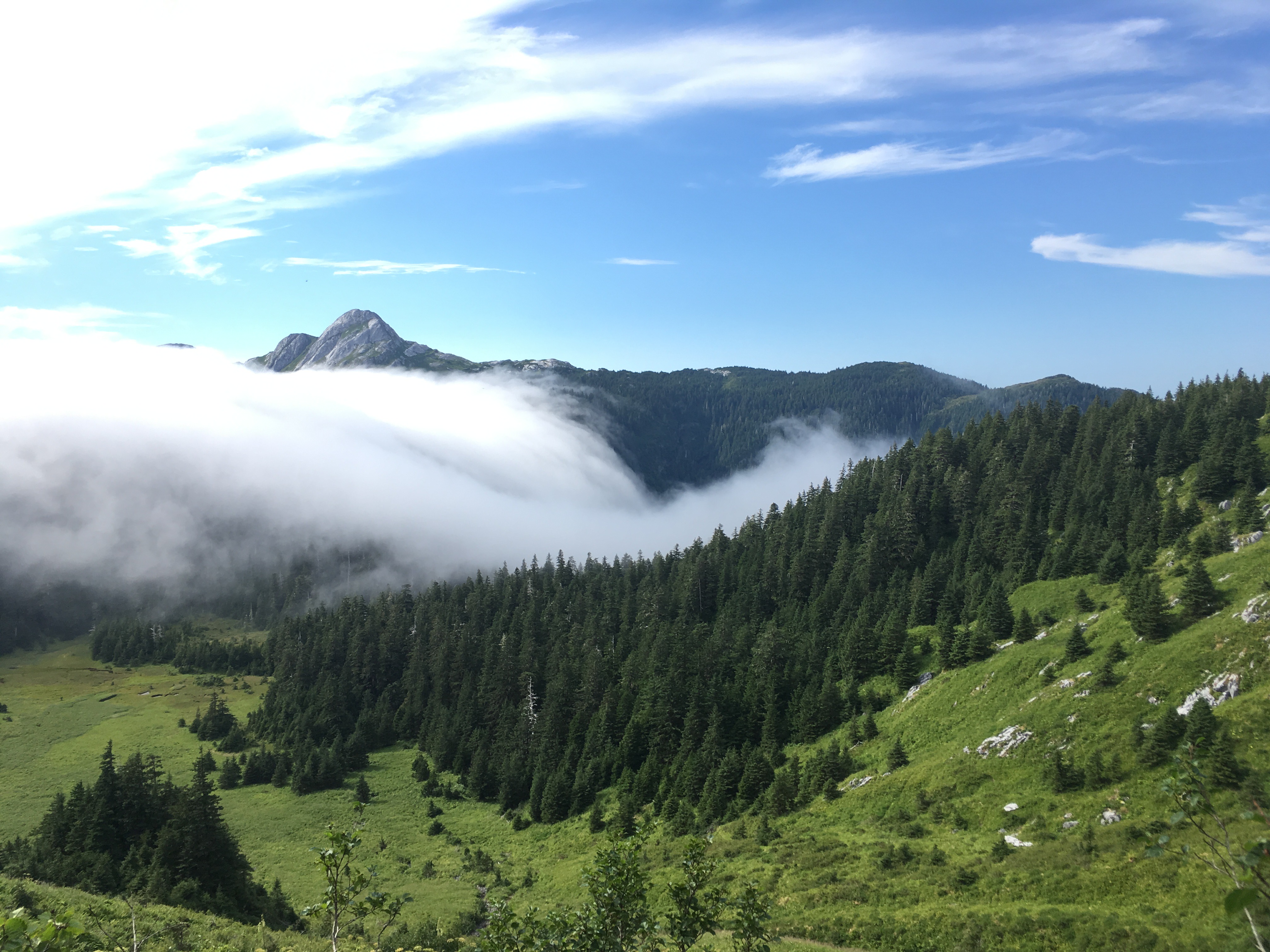
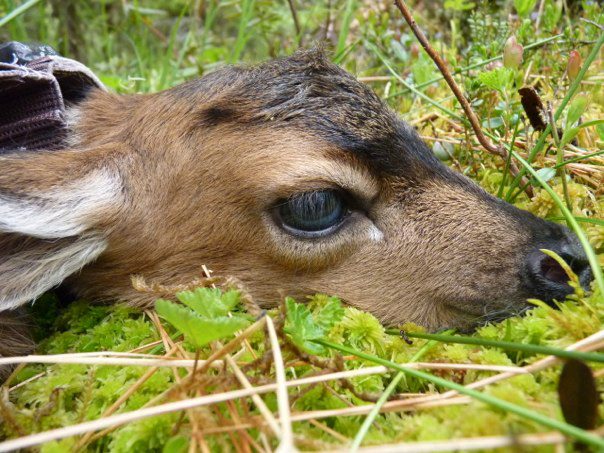
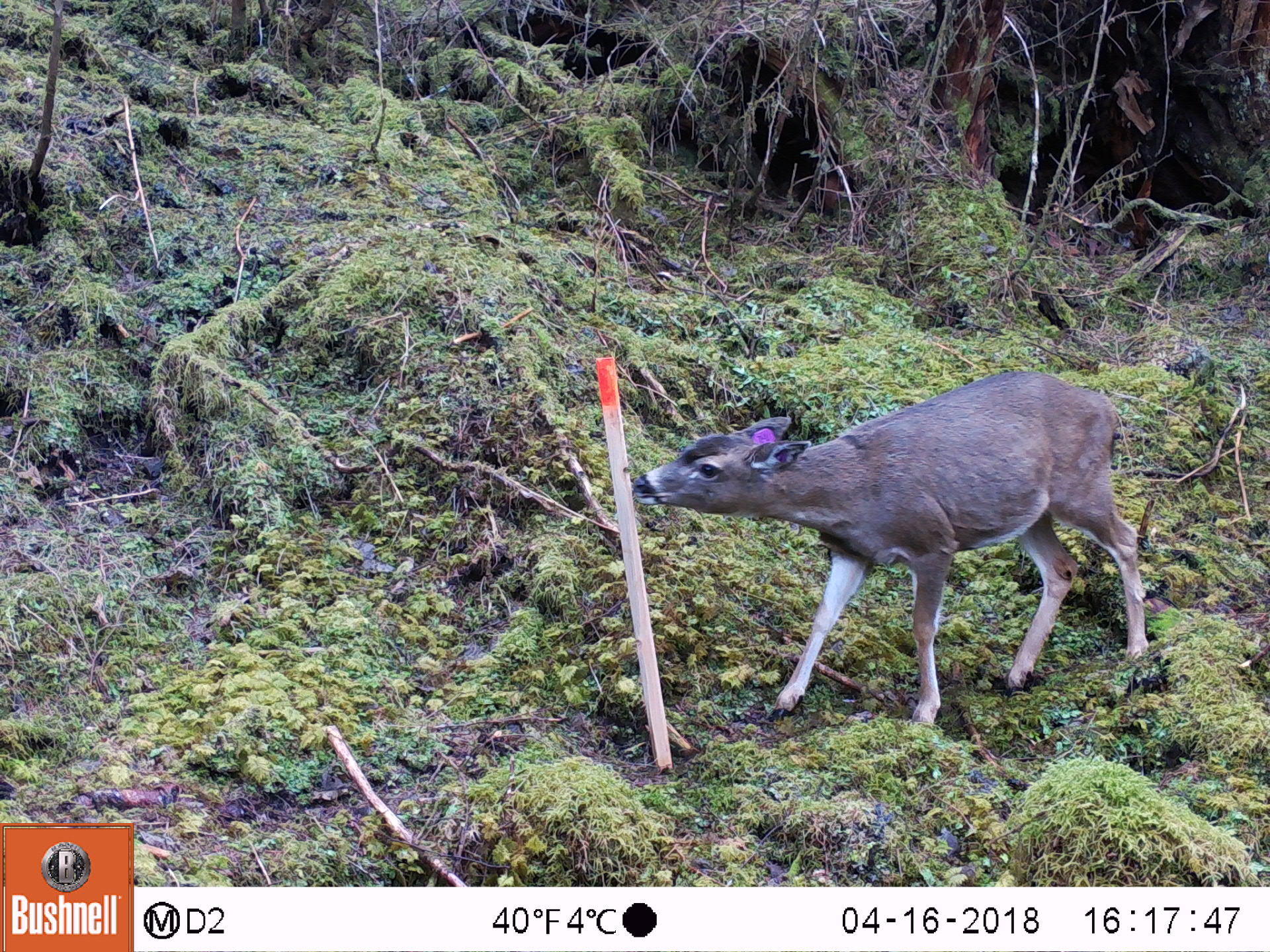
Project Backers
- 0Backers
- 0%Funded
- $0Total Donations
- $0Average Donation
